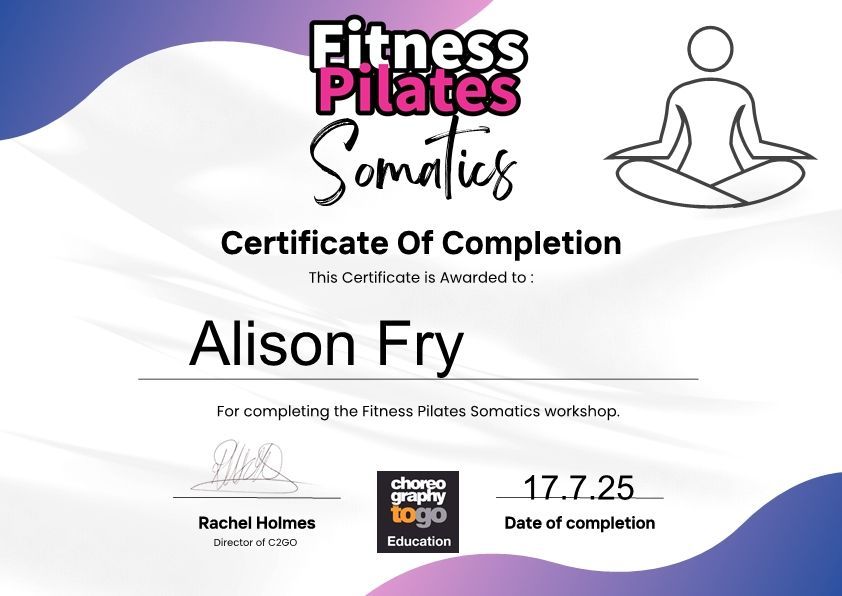What Are Somatic Exercises?
Somatic exercises are gentle, mindful movements designed to help individuals reconnect with their body, improve movement patterns, release chronic muscle tension, and restore natural mobility. The word “somatic” comes from the Greek soma, meaning “the living body in its wholeness.”
Unlike conventional exercise focused on external goals (e.g., strength, endurance, aesthetics), somatic exercise is internally focused, encouraging awareness of sensations, breath, and neuromuscular control.
They are commonly used to:
- Reduce chronic pain and muscular tension
- Restore natural movement efficiency
- Improve posture, mobility, and flexibility
- Enhance mind-body awareness and calm the nervous system
How Do They Work?
Somatic exercises tap into sensory-motor learning—retraining the nervous system to release habitual muscular holding patterns caused by stress, trauma, or repetitive movements.
They often involve:
- Slow, controlled movements
- Body scanning (noticing physical sensations)
- Pandiculation (a natural method of releasing tension by gently contracting, then slowly lengthening muscles)
- Breath awareness
- Repetitions with rest, allowing the brain to integrate new movement patterns
Who Started Teaching Somatic Exercises?
Somatic movement has its roots in various disciplines, but key figures include:
Thomas Hanna (1928–1990)
- A philosopher and movement educator
- Coined the term “Hanna Somatics”
- Developed somatic exercises based on Feldenkrais Method, Alexander Technique, and his own theories
- Focused on reversing Sensory Motor Amnesia (SMA) – the idea that the brain forgets how to control certain muscles due to stress, trauma, or disuse
Moshe Feldenkrais (1904–1984)
- Founder of the Feldenkrais Method
- Developed a system of movement based on neuroplasticity, encouraging the brain to learn healthier movement habits
- Influenced Hanna and many other somatic educators
Other related methods and pioneers:
- Alexander Technique – Frederick Matthias Alexander
- Body-Mind Centering – Bonnie Bainbridge Cohen
- Somatic Experiencing – Dr. Peter Levine (focused more on trauma than movement)
- Continuum Movement – Emilie Conrad
Research & Scientific Basis
Though somatic work is often considered part of complementary or alternative approaches, there is growing research and evidence:
Research Highlights:
Pain Reduction
- Somatic exercises have been shown to reduce chronic muscular pain, especially in the back, neck, and shoulders.
- Hanna Somatics in particular has demonstrated success in reducing pain through pandiculation and neuro-sensory retraining.
Improved Flexibility and Mobility
- Studies show increased range of motion and functional movement in older adults and those with movement disorders.
Mental Health and Stress
- Somatic practices help regulate the nervous system (especially the parasympathetic branch), reducing anxiety and improving mood.
Trauma and Somatic Memory
- Trauma research (e.g., Bessel van der Kolk’s The Body Keeps the Score) recognises the body as a storehouse for trauma, and somatic therapies as effective ways to release it.
Neurological Conditions
- Used in rehabilitation for stroke, Parkinson’s, and movement disorders to retrain motor function through repetition and awareness.
Examples of Somatic Exercise Methods
- Hanna Somatics: Lying or seated movement sequences focusing on specific muscle groups
- Feldenkrais Awareness Through Movement (ATM): Structured sequences that guide exploration of movement
- Body-Mind Centering: Fluid movement focused on cellular awareness
- Somatic Yoga or Somatic Pilates: Adapted formats that focus on breath, fascia, slow motion, and nervous system downregulation


